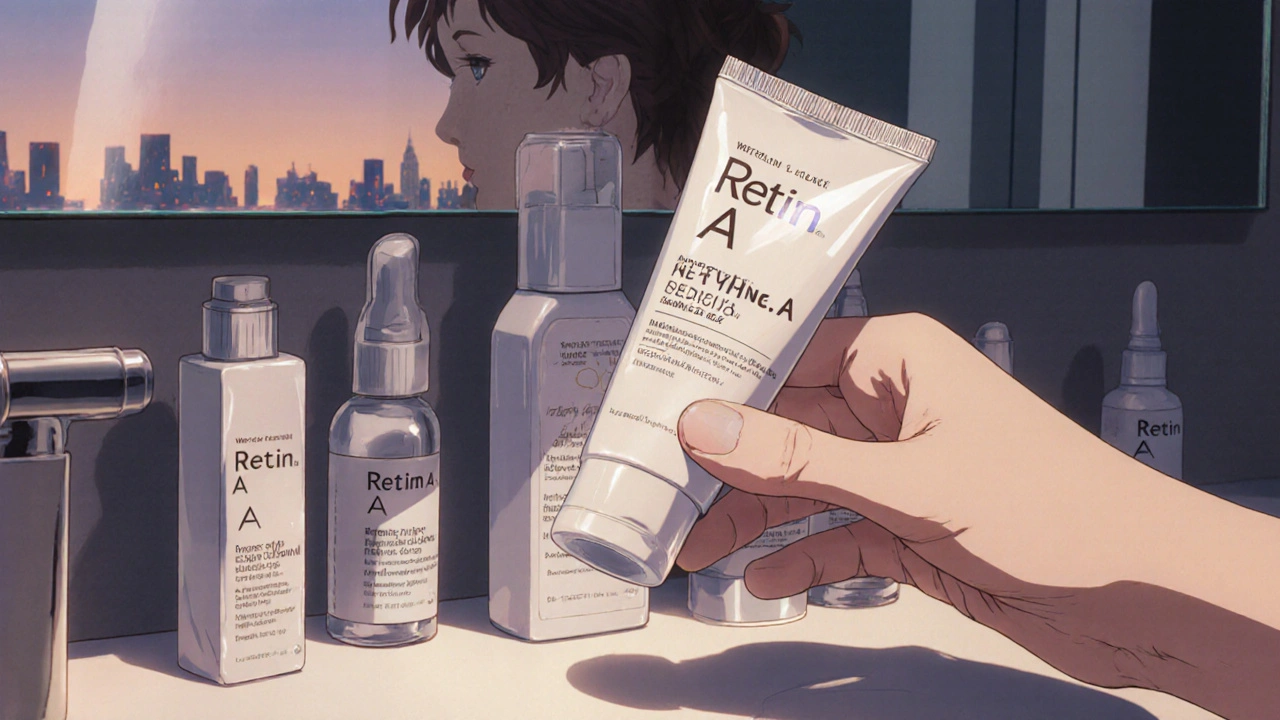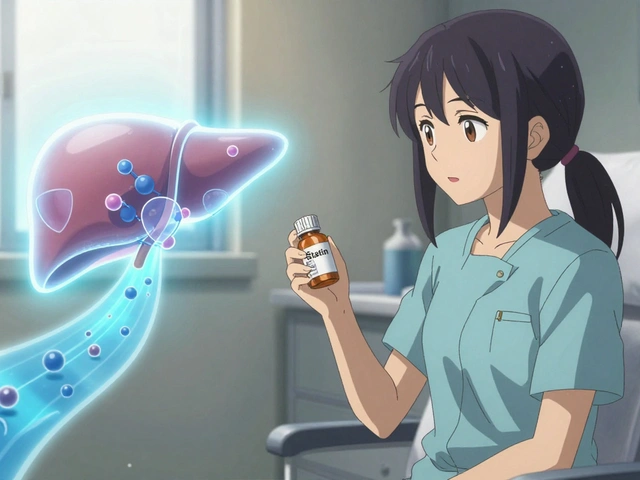Retinoid Alternatives: Your Guide to Safer, Effective Acne Solutions
When looking at retinoid alternatives, non‑retinoid options that treat acne without the classic retinoid side‑effects. Also known as non‑retinoid acne meds, they let you tackle breakouts while avoiding dryness, birth‑control concerns, or severe irritation.
One of the most talked‑about retinoids is Isotretinoin, a powerful oral vitamin A derivative used for severe cystic acne. It works by shrinking oil glands and reducing inflammation, but its list of warnings—pregnancy risk, liver monitoring, and mood changes—pushes many patients to search for something gentler.
Why Look Beyond Isotretinoin?
The branded version Accufine, a specific isotretinoin formulation marketed for tough acne cases, illustrates the point. While Accufine can clear skin fast, the high dose regimen often means dry lips, skin peeling, and strict lab work. For people with sensitive skin, planning a pregnancy, or simply wary of intense side effects, retinoid alternatives become a practical route.
In the broader field of Dermatology, the medical specialty focused on skin health, clinicians combine several non‑retinoid therapies. These include topical antibiotics, benzoyl peroxide, azelaic acid, and hormonal treatments. Each option has its own profile: benzoyl peroxide kills acne bacteria, azelaic acid reduces redness, while hormonal pills balance sebum production. Understanding how these fit together helps you pick a regimen that matches your skin type and lifestyle.
Choosing a retinoid alternative requires weighing three core attributes: efficacy, safety, and cost. Efficacy tells you how quickly and thoroughly the treatment clears lesions. Safety covers side‑effects, drug interactions, and contraindications—especially important for teens or pregnant users. Cost compares brand‑name prices with generic equivalents, making long‑term use affordable. A solid decision matrix links the central topic to its sub‑components: retinoid alternatives encompass non‑retinoid acne therapies, effective acne treatment demands a balance of efficacy and safety, and cost considerations influence patient adherence.
Below you’ll find a curated list of articles that break down these options in detail. From side‑by‑side drug comparisons to real‑world dosing tips, the posts give you the facts you need to decide whether a non‑retinoid route is right for you. Dive in and discover the alternatives that fit your skin, budget, and health goals.

Retin A 0.025 (Tretinoin) vs Common Alternatives: A Detailed Comparison
A detailed guide comparing Retin A 0.025 (tretinoin) with top alternatives like adapalene, tazarotene, azelaic acid, and retinol, covering benefits, risks, costs, and how to choose the best option for your skin.
Continue Reading



